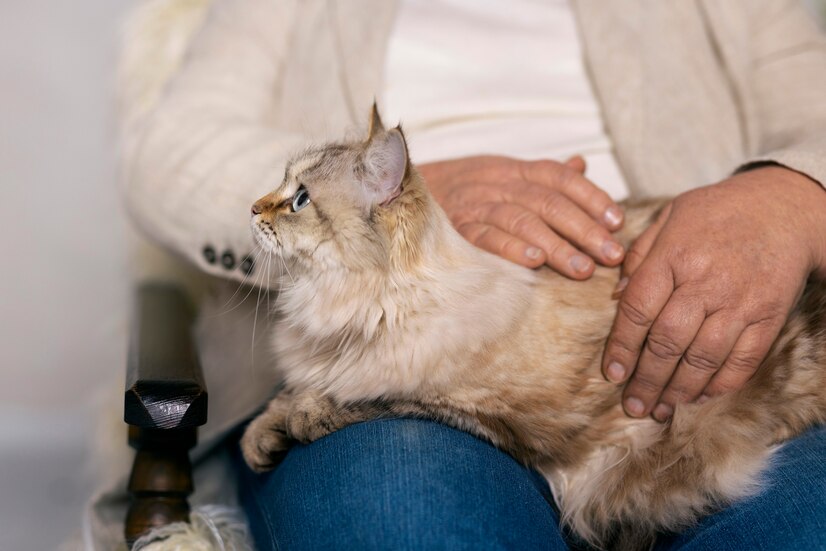Did you know that kidney failure is one of the most common health issues faced by cats, particularly as they age? As a cat parent, understanding this silent threat can be crucial for your cat. Kidney failure, or renal failure, occurs when the kidneys lose their ability to filter waste products from the blood effectively. In cats, this condition often develops gradually and can be classified into several stages, each with distinct signs and implications. Recognizing these stages can help you make informed decisions about your cat’s health care and management.
Imagine being able to catch the early signs of kidney failure, allowing you to seek treatment sooner and potentially extend your cat’s life. By familiarizing yourself with the stages of kidney failure, you can advocate for your cat’s health, ensuring they receive the best care suited to their needs. You’ll learn about the symptoms to watch for, how to support your cat through each stage, and when to consult your veterinarian for professional guidance.
Ready to dive deeper into the stages of kidney failure in cats? Join us as we explore this critical topic, equipping you with the knowledge to recognize the signs, understand the implications, and take proactive steps to help your beloved cat stay healthy.
The Importance of Awareness
Kidney failure, or chronic kidney disease (CKD), is a progressive condition that affects a significant number of older cats. The kidneys play a vital role in filtering waste products from the blood, regulating fluids, electrolytes, and blood pressure, and maintaining overall health. When kidney function declines, toxins can build up in the bloodstream, leading to various health issues.
By being aware of the stages of kidney failure, you can monitor your cat’s health more effectively and make informed decisions in consultation with your veterinarian. Let’s break down the stages to help you recognize the signs and symptoms at each level.
What are the 4 stages of kidney disease in cats?
Stage 1 kidney disease in cats
At this initial stage, the disease is often undetectable without veterinary testing. While there are no outward symptoms, changes are happening within your cat’s body, making early detection through regular check-ups essential.
- No noticeable symptoms.
- Laboratory tests may show reduced kidney function.
Stage 2 kidney disease in cats
As the disease progresses, your cat may begin to display some mild, yet telling, signs of kidney issues. These early symptoms are often subtle but can be recognized with careful observation: Read for more
- Increased thirst (polydipsia).
- Increased urination (polyuria).
- Slight weight loss.
- Decreased appetite.
Stage 3 kidney disease in cats
At Stage 3, the symptoms become more obvious and may impact your cat’s daily routine and overall health:
- Significant weight loss.
- Vomiting.
- Diarrhea.
- Lethargy.
- Poor coat quality, indicating a decline in overall health.
Diagnostic Tests:
- Advanced Blood Tests: In addition to creatinine and BUN, phosphorus and potassium levels are closely monitored.
- Urinalysis and Urine Protein Tests: Evaluate the presence of protein in urine, indicating kidney damage.
- Imaging (Ultrasound or X-rays): To visualize kidney size and structure, detecting abnormalities.
Stage 4 kidney disease in cats
In the most critical stage, your cat’s kidneys have lost almost all of their functionality, resulting in severe and often life-threatening symptoms. Immediate medical attention and palliative care are typically required.
- Extreme lethargy.
- Severe dehydration.
- Persistent vomiting.
- Noticeable loss of appetite.
- Oral ulcers.
- Foul-smelling breath due to toxin buildup.
Diagnostic Tests:
- Comprehensive Blood Panels: Creatinine and BUN are dangerously elevated, with signs of advanced kidney failure.
- Electrolyte Tests: Evaluate for dangerous imbalances, such as high potassium.
- Ultrasound/Imaging: To assess the extent of kidney damage.
- Fluid Therapy Assessment: Ongoing monitoring of hydration and electrolyte balance.
Read Also



